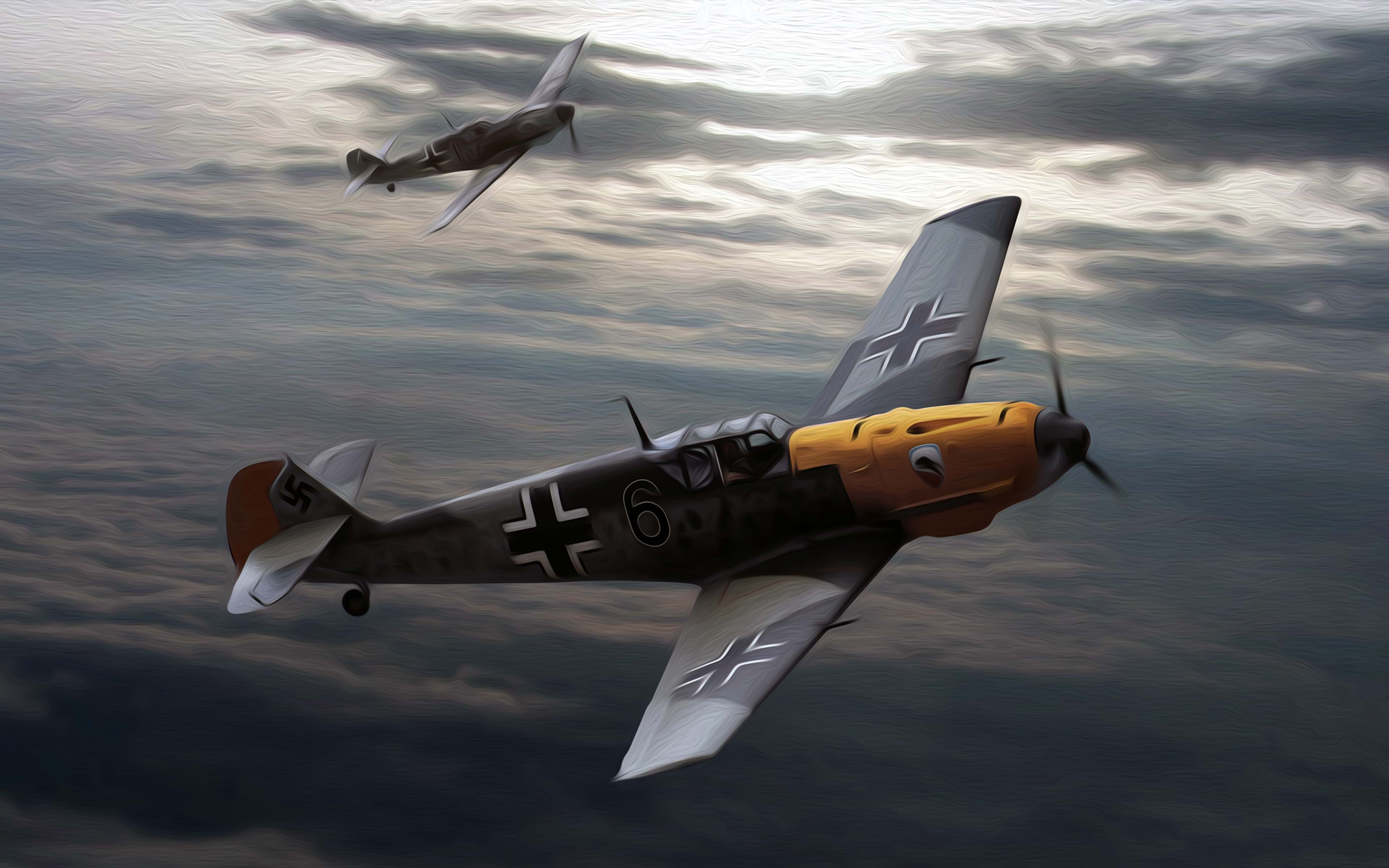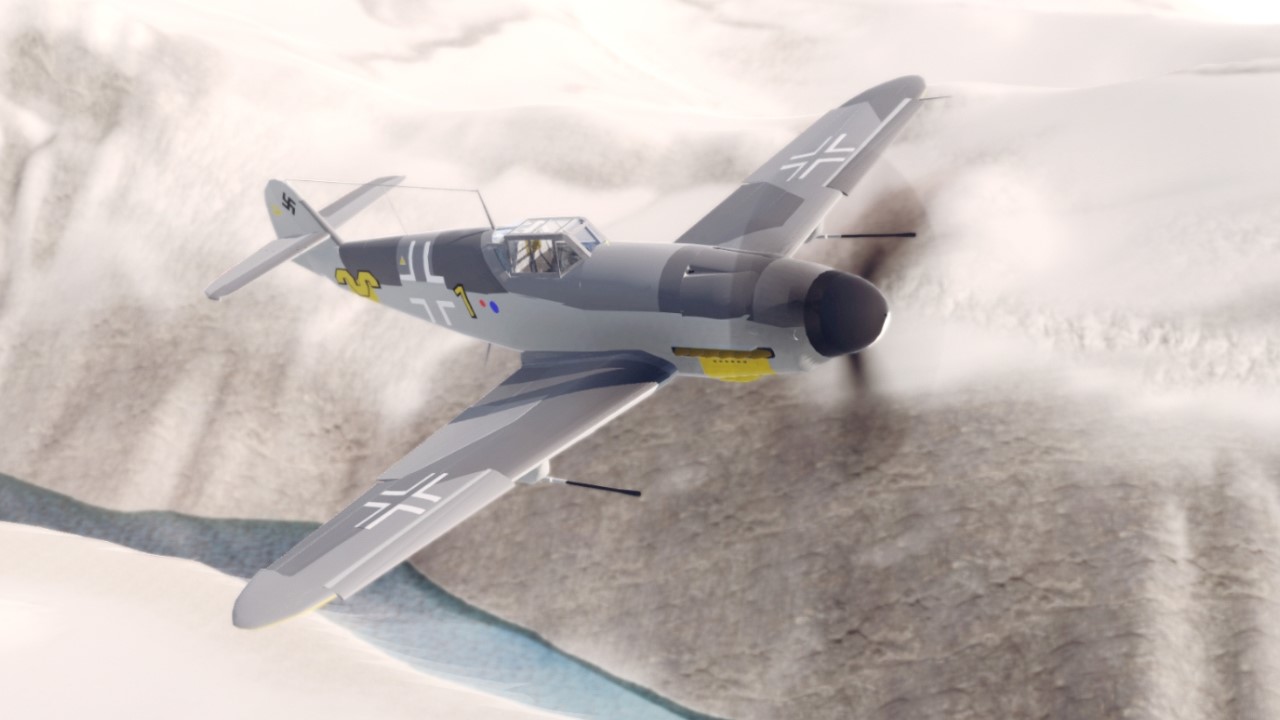The Legendary BF 109: A Detailed Overview
The Messerschmitt Bf 109, often abbreviated as BF 109, was one of the most iconic and versatile fighter aircraft of World War II. Developed in Germany, it played a pivotal role during the conflict and left an indelible mark on the history of aviation. In this article, we will provide a detailed overview of the BF 109, exploring its history, design, variants, and its impact on the course of World War II.
The BF 109 had its origins in the early 1930s when the Reichsluftfahrtministerium (Reich Aviation Ministry) issued a requirement for a new monoplane fighter. Willy Messerschmitt, the designer of the BF 109, responded with the Bf 108, a four-seat sports and touring aircraft. This design laid the foundation for the Bf 109, which was initially designed as a single-seat fighter.
The first prototype, the Bf 109 V1, flew in 1935 and was p owered by a Rolls-Royce Kestrel engine. However, the subsequent versions adopted the Junkers Jumo engine, which significantly improved the aircraft’s performance.
The BF 109 was characterized by several design features that made it a formidable fighter:
The aircraft had a sleek, streamlined fuselage and elliptical wings, which contributed to its speed and maneuverability.
It was one of the first fighters to use an inline engine, which provided a powerful and compact design.
Variants: Over the course of the war, the BF 109 underwent numerous modifications and upgrades, resulting in various models such as the E-series, F-series, and K-series. These improvements enhanced its performance, armament, and survivability.
The BF 109 played a significant role in World War II as the primary fighter aircraft of the Luftwaffe, the German air force. Its combat debut was during the Spanish Civil War, where it proved to be superior to its adversaries. Throughout the war, the BF 109 was employed in various roles, including air superiority, bomber escort, and ground-attack.
Notable Aces like Adolf Galland, Erich Hartmann, and Hans-Joachim Marseille achieved legendary status flying the BF 109. Its adaptability and performance made it a valuable asset for the Axis powers.
The BF 109’s legacy extends beyond World War II. It remains an enduring symbol of German aviation and a testament to the capabilities of Willy Messerschmitt as an aircraft designer. After the war, several countries continued to operate the BF 109 or its variants, and it influenced the design of subsequent fighter aircraft.
In conclusion, the BF 109 stands as one of the most iconic fighter aircraft in history. Its sleek design, innovative features, and significant impact on World War II make it a subject of fascination for aviation enthusiasts and historians alike. The legacy of the BF 109 endures, reminding us of its pivotal role in the annals of aviation history.
Hits: 13









